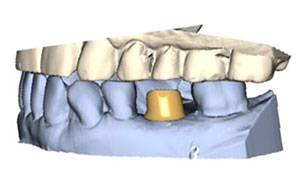
Implant Restoration
The Use Of Dental Implants Is On The Rise

Educated Patients Seek More Choices
The use of dental implants has become mainstay in today’s dental practices. As patients are becoming more educated about dental options, dentists are finding it necessary to offer more choices. The aging population demographic of baby boomers is seeking options that will meet function as well as aesthetics. They are insisting on rehabilitation that will improve the quality of their lives. With an increase in proficiency in implant placement via oral surgeons, periodontists, and skilled general dentists, the stigma of implants being too advanced and “experimental” has faded.
Implant Options Have Advanced
As implant fixtures have changed, so too have the restorative options we have available. Today, we are no longer limited by the proximity of bone to achieve a highly aesthetic result, nor are we forced to accept less than ideal treatment outcomes. With preplanning and a willingness to explore the possibilities that are available, implant cases can provide you and your patients with natural looking and functioning restorations.

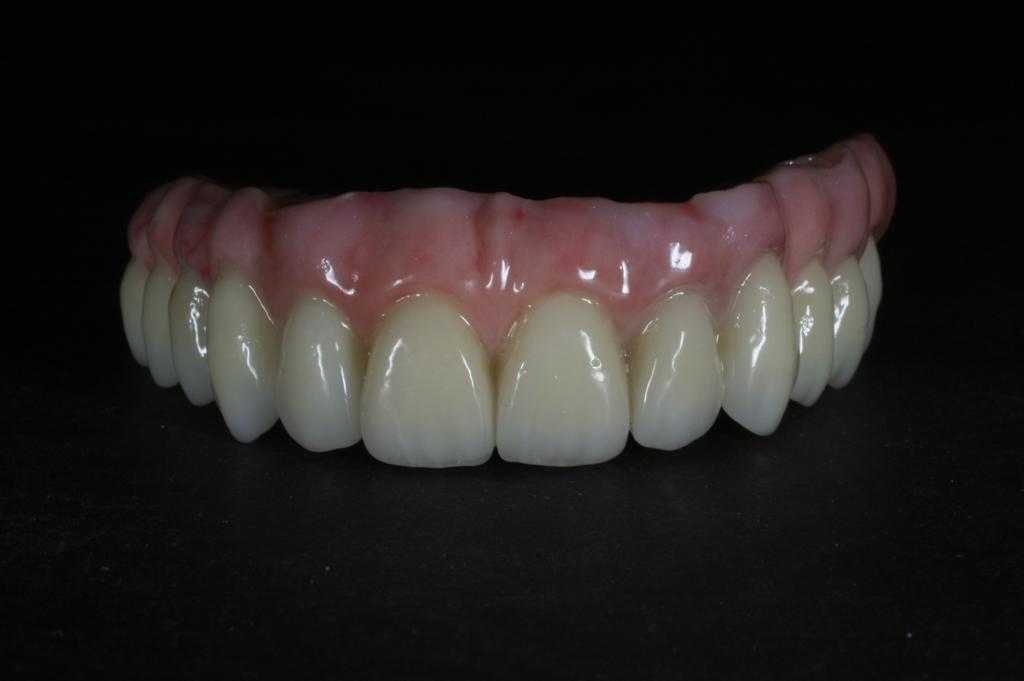
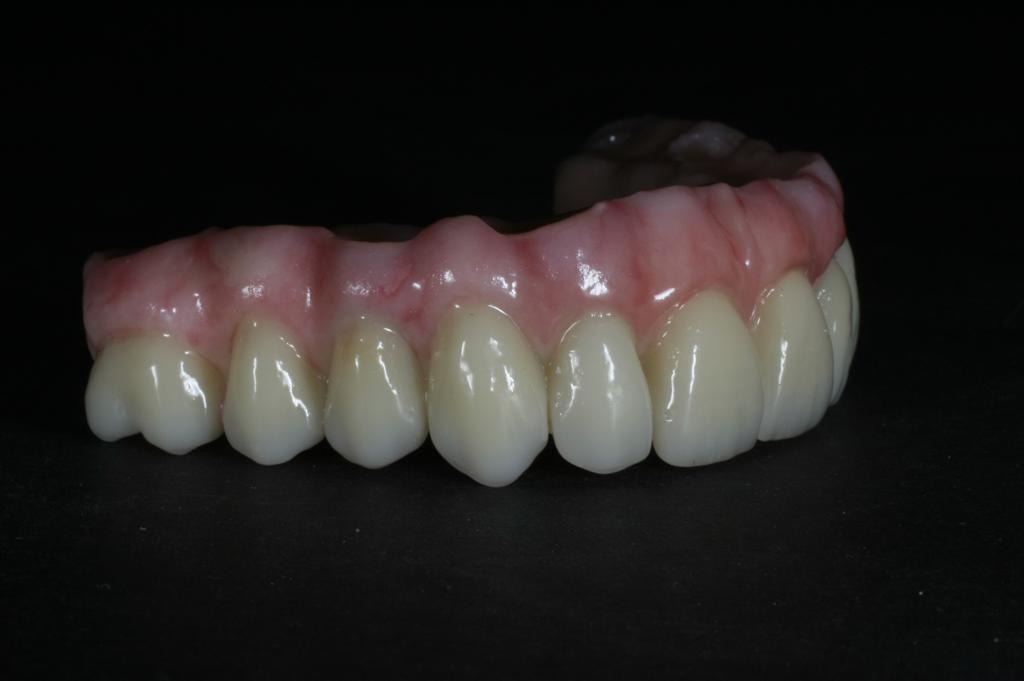
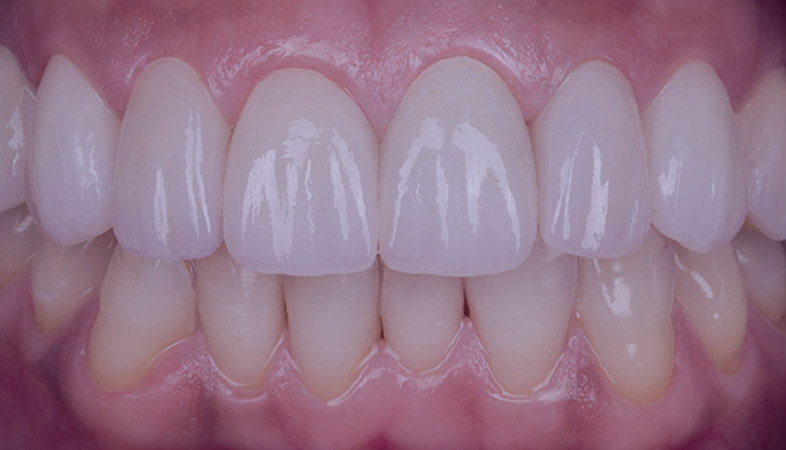
Titanium (Ti) Based Zirconia Abutments & Screw Retained Crowns Value and Aesthetics All In One

It has been well established that the optimal fit of an implant restoration to an osseointegrated implant fixture is with a metal to metal interface. In the areas where aesthetics are crucial, the use of zirconia abutments and crowns has made the aesthetic dream a reality. Trying to merge these two modalities of fit and aesthetics was a major challenge, until now.
Titanium Bases (Ti Bases) make it possible to produce custom ceramic abutments and screw retained crowns & bridges, with a milled metal to metal fit. Optimal anatomical crown contours and highly aesthetic colouring in the collar area can be achieved through the use of the Ti Base and custom zirconia materials. Restorations can be manufactured for both screw and cement-retained restorations. The Ti Base for single tooth restorations features an internal anti-rotational connection, while the Ti Base for bridges has no anti-rotation geometry.

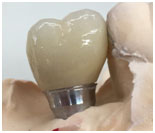
One piece, zirconia screw retained restorations can be milled, and in the laboratory cemented directly onto the Ti Base. Aesthetics and function can be achieved at a reduced cost, since there is no need for expensive, cast-to gold components or extra precious alloy that is associated with PFM restorations.
As with most designs, case selection for this technique is key for long term stability of the restoration.
Advantages of the Titanium Base (Ti Base) at a glance
- Tooth-coloured abutments allow supragingival abutment-crown transitions
- Compatible with a wide range of implant systems
- Individualized emergence profile with an optimal anatomical shape
- Available in Full Contour or Layered Zirconia Restorations
- Less costly Ti Bases vs Gold Based UCLA Abutments
- No additional alloy fees
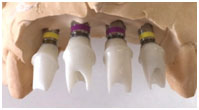
Staying at the forefront of technology and advancements in the latest design characteristics is just another way we are, “Working Harder and Smarter for your Practice!”.
Milled Patient Specific Custom Abutments and Substructures
Designed For Optimal Aesthetics
At Alma Dental Laboratories, we are always on the lookout for new and exciting materials and restorations, which are backed with clinical success and guaranteed with outstanding warranties.
Our Patient Specific CAD/CAM Milled Abutments and Substructures fit the bill.
No two implant patients are alike —so why should their restorations be? Available for all major implant systems and in the materials you want, titanium, gold-shaded titanium or zirconia, patient-specific abutments and substructures are designed to replicate natural prepared teeth, making implant treatment as simple and predictable as traditional crown and bridge dentistry. Eliminate the need to inventory parts. Just take an implant-level impression and send it to us. Uniquely designed from the final tooth shape, the highly skilled technicians at Alma Dental Laboratories determine the exact shape and margin location for the abutments or substructures to provide optimized aesthetics and function.
